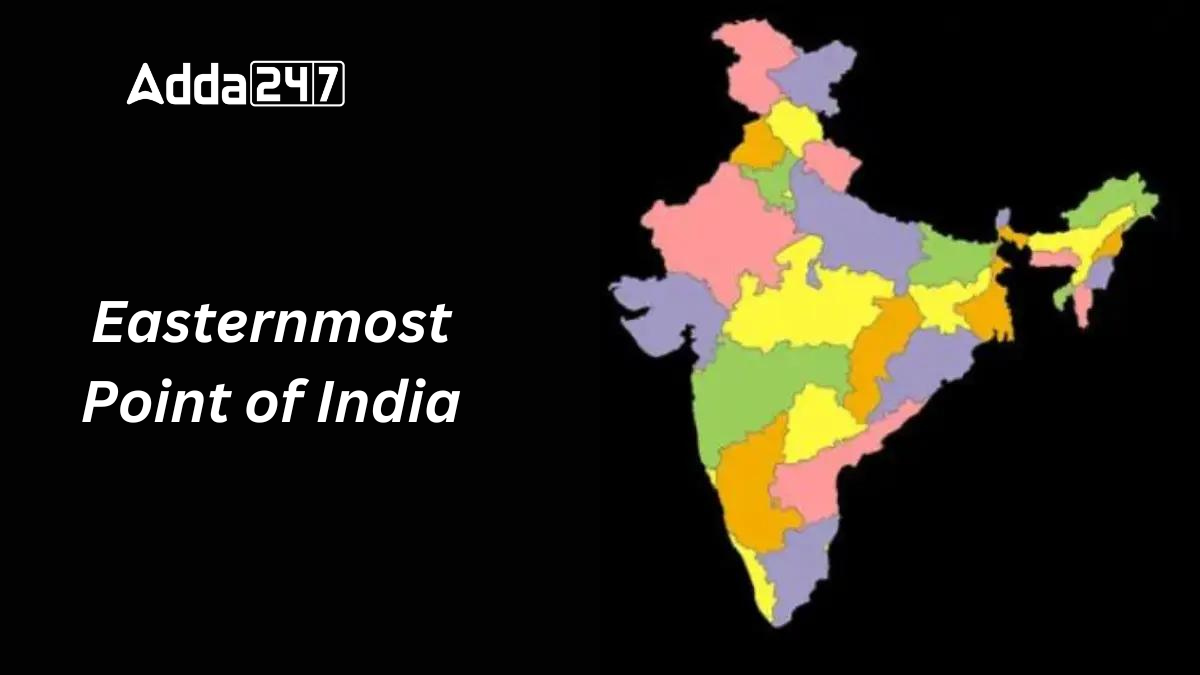India, geographically the seventh largest country in the world, spans a vast area of 3,287,263 square kilometers. From the northernmost to the southernmost and from the easternmost to the westernmost points, India encompasses a diverse range of states and union territories. Among these, the easternmost point holds particular significance. This article delves into the details of the easternmost point of India, located in the state of Arunachal Pradesh.
Geographical Overview of India
India is characterized by its extensive geographical diversity, with varying terrains and climatic conditions across different regions. The country’s vast expanse includes a multitude of remote points stretching from the northern to the southern and from the eastern to the western extremes. Each of these points contributes to India’s rich geographical tapestry.
The Eastern Frontier – Arunachal Pradesh
The state of Arunachal Pradesh, located in the northeastern part of India, is home to the country’s easternmost point. Known for its picturesque landscapes and strategic importance, Arunachal Pradesh shares international borders with Bhutan, China, and Myanmar. Among its many towns and cities, Kibhithu stands out as the easternmost point of India.
The Easternmost Point
Kibhithu, a town situated in the Anjaw district of Arunachal Pradesh, is recognized as the easternmost point of India. Positioned at an altitude of approximately 11,000 feet, Kibhithu offers stunning views and a unique geographical setting. The town is located along the banks of the Lohit River, which adds to its scenic beauty.
Location of Easternmost Point
Kibhithu holds strategic significance due to its proximity to the border with China’s Tibet Autonomous Region. The town is located near the point where the Lohit River enters India from Tibet. This geographical position makes Kibhithu a crucial point for border security and monitoring.
Population and Lifestyle
Despite its strategic importance, Kibhithu is sparsely populated. According to the 2011 Census, the town had a population of just 723 residents. The low population density contributes to the town’s serene and peaceful environment, making it a unique place in India’s northeastern region.
The Lohit River
The Lohit River, a major tributary of the Brahmaputra, flows through Kibhithu, marking the entry point of the river into India. Originating in Tibet, the Lohit River is an essential waterway for the region, supporting both the local ecosystem and the livelihoods of the people residing in the vicinity.




 What is the Capital of Senegal? Know Abo...
What is the Capital of Senegal? Know Abo...
 World’s 10 Richest Families in 2025: Top...
World’s 10 Richest Families in 2025: Top...
 Which is the Oldest Rainforest on the Ea...
Which is the Oldest Rainforest on the Ea...







